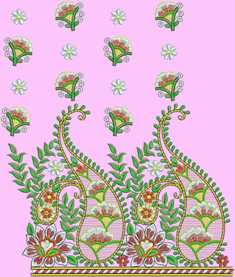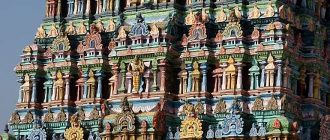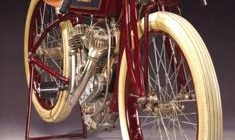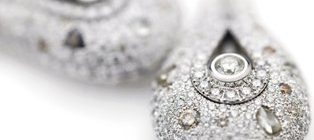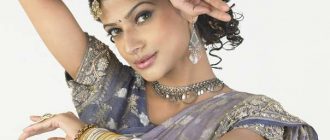Looking to buy splendid Indian embroidery designs? Learn how to identify an Indian embroidery design and select a classic one…
India is known all over the world as the center for creation of embroidered fabrics. The unique cuts, cloth weaving techniques and traditional dyes are used to complement Indian embroidery designs.
The craft of Indian embroidery designs was developed in-house by ladies who would pursue it as a hobby in their free time and decorate and embellish different fabrics with exquisite stitches. It’s interesting to know that every style of the stitch was unique to an area and traditions and customs of the particular lifestyle followed in that Indian state.
In order to create exquisite works of art the threads are colored with natural dyes and combinations are well thought out. Minimalism is the key in terms of color but finesse and attention to detail are what get any Indian embroidery design the spotlight in the fashion world even today.
There are a variety of commonly used stitches which are a difficult skill to learn but passed on by craftsmen. These stitches include the famous Chikankari from Lucknow city, the Kantha or running stitch of Bengali origins and satin and chain stitch from the Kashmiri Kashidakari.
Indian Embroidery Design – Kantha Stitch
Some of the famous stitches used in Indian embroidery design include the Kantha embroidery, the Chikan Kari and heavy bridal Zardozi work. The Kantha Indian embroidery design is similar to a quilting stitch and follows the simple running pattern. The outfit is generally created out of layers of fine cloth and assembled together with the running stitch. It is generally used to recycle and create beautiful items out of worn out clothing and textiles and turning them into a beautiful piece of art which can be reused for multiple purposes.
The term Kontha means rags in Sanskrit language and is truly an ancient form of recycled precious silks and cotton. This piece of embroidery is replicated on items like frames for bathroom mirrors and accessories, book cases with elaborate borders, ethnic wallets created out of quilting rectangular pieces, warm quilts for the winter stitched with a wavy pattern along with plate covers and napkins or handkerchiefs.
Chikankari – The Creation of Delicate Shadow Work
Chikankari evolved in the Uttar Pradesh region and was concentrated in Lucknow. It originated on fine see-through muslin but is now also replicated on georgette and chiffon and replicates the fine marble carvings of the region. From clothing it has actually evolved into home decorations and you may find many pillow cases and linen worked with the stitch.
This stitch traditionally replicates the creation of soft and delicate designs onto a fabric and was popular in the times of Queen Noorjehan who was excellent at creating pieces of art in this form.
Pastel colored cloth is often utilized to highlight the patterns in white thread which has an open work base and the patterns are created without drawing them out on the fabric ground.
Preferred designs are that of creeping vines which are often embellished with floral or paisley motifs. The stitch utilized in this form of Indian embroidery design is the herringbone stitch and is worked from the wrong side of the fabric. This means that when looked at the front it looks like a shadow between the double running stitch.

